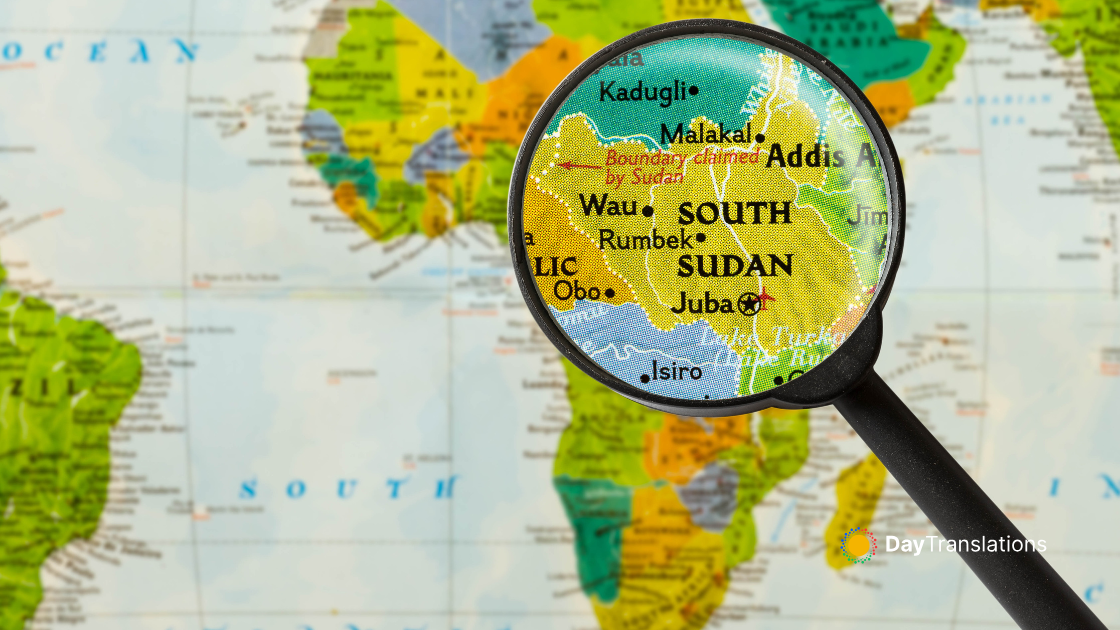Information about the South African Flag: Colors and Meaning of the Flag of South Africa
In this Country Profile
:: Meaning of the South African Flag ::
The flag has horizontal bands of red (on the top) and blue (on the bottom). The two horizontal bands of colors with equal breadth are divided by a central green band which splits into a horizontal “Y” shape, the arms of which end at the corners of the hoist side (and follow the flag’s diagonals). The Y embraces a black isosceles triangle from which the arms are separated by narrow yellow bands; the red and blue bands are separated from the green band and its arms by narrow white stripes. South African flag is the only national flag in the world with six colors and without a seal or brocade. The ratio of the South Africa flag is traced as 2:3.
Although the colors have no official meaning attached to them, they represent a synopsis of the country’s vexillological history and current political realities. Black, green and yellow are the colors of Nelson Mandela’s political party. Moreover, the flag incorporates also the colors of the African National Congress and the former Boer republics flags (red, white, and blue). The Y shape represents the convergence of South Africa’s diverse society and unity. The South African flag is basically made up of former South African flags and the past meanings of the colors were that red stands for bloodshed, blue for open blue skies, green for the land, black for the black people, white for the European people and yellow for the natural resources such as gold.
:: Meaning of the South African Coat of Arms ::
South Africa’s Coat of Arms was launched on Freedom Day, 27 April 2000. The change reflected government’s aim to highlight the democratic change in South Africa and a new sense of patriotism.
The central image is a secretary bird with uplifted wings. A sun, symbol of the promise of rebirth, the active faculties of reflection, knowledge, is placed between the wings of the secretary bird. Below the bird is the protea, an emblem of the beauty, a South African flower. The ears of wheat symbolizes the idea of germination, growth, fertility, while the tusks of the African elephant symbolize wisdom, steadfastness and strength. At the centre stands a shield signifying the protection of South Africans, above which are a spear and knobkierie. These assert the defence of peace rather than a posture of war. Within the shield are images of the Khoisan people, the first inhabitants of the land. The motto of the coat of arms is in the Khoisan language of the Xam people, and means “Power Through Unity”.

Sorry, the comment form is closed at this time.